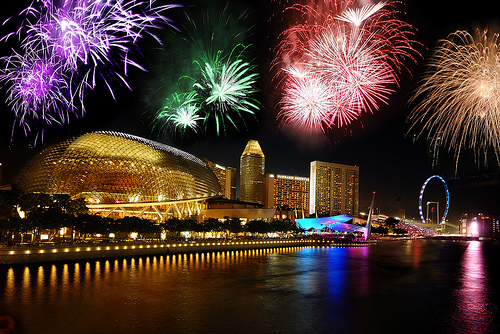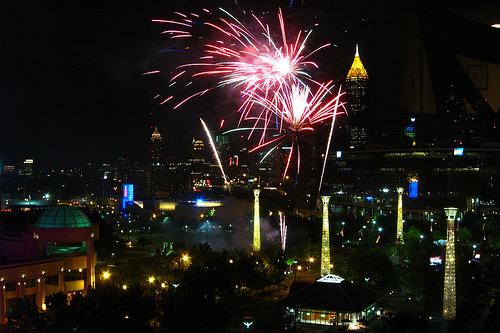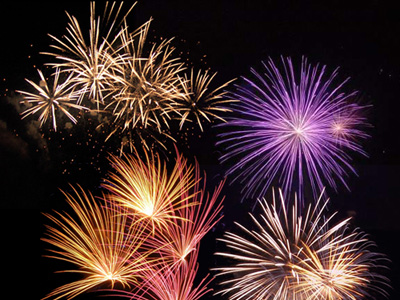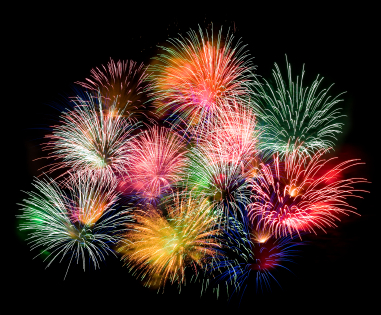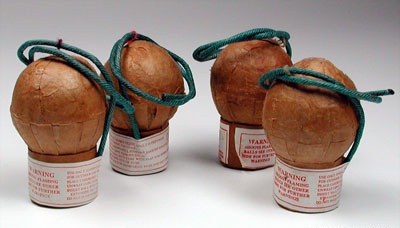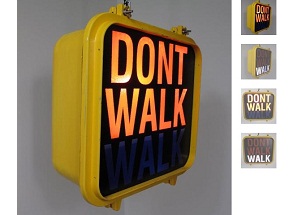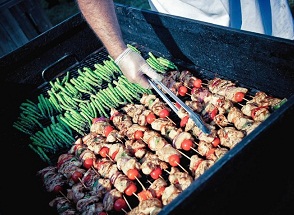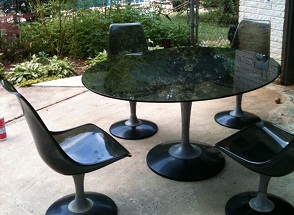BANG! POW! CRACKLE! WHISTLE! Happy 4th of July Weekend! Today we’re talking about the science behind everyone’s favorite grand finale, fireworks! They are the perfect ending to a celebratory summer day and can really put a spark in your event or wedding. So let’s dig in to how they work and learn a thing or two about those explosive treats.
Fireworks were invented in China during the 7th century to frighten away evil spirits. Today, spectacles are closely monitored and supported by the Pyrotechnics Guild International (founded in 1969) to support safety and cautiousness.
Colors in fireworks are usually generated by pyrotechnic stars—usually just called stars—which produce intense light when ignited. Stars contain five basic types of ingredients: a fuel which allows the star to burn, an oxidizer compound which produces (usually) oxygen to support the combustion of the fuel, color-producing chemicals, a binder which holds the pellet together, and a chlorine donor which provides chlorine to strengthen the color of the flame.
The color of a compound in a firework will be the same as its color in a flame test. Ideal colorants produce a pure, intense color when present in moderate concentration. Here is a quick list of which compounds produce which colors in fireworks:
Calcium – Orange
Sodium – Yellow
Barium – Green
Copper – Blue
Potassium – Violet
Charcoal – Gold
Titanium – White
The shapes of fireworks depend on the arrangement of the star pellets inside of the shell. So, for example, to make a linear circle firework, you arrange the stars around the outside of the shell with black powder inbetween. Peonies, Willows, Palms, and Spiders are just a few recognizable shapes in the night sky.
In 1999, Walt Disney World in Lake Buena Vista, Florida, pioneered the commercial use of aerial fireworks launched with compressed air rather than gunpowder for the Epcot night time spectacular. The display shell explodes in the air using an electronic timer. The advantages of compressed air launch are a reduction in fumes, and much greater accuracy in height and timing. Not surprisingly, the Walt Disney Company is the largest consumer of fireworks in the United States- they really know how to party!
So now that you know everything about fireworks, blast on down to your favorite spot to watch them light up the sky!
-William Fogler
WM Events
 Click to Call:
Click to Call: 


